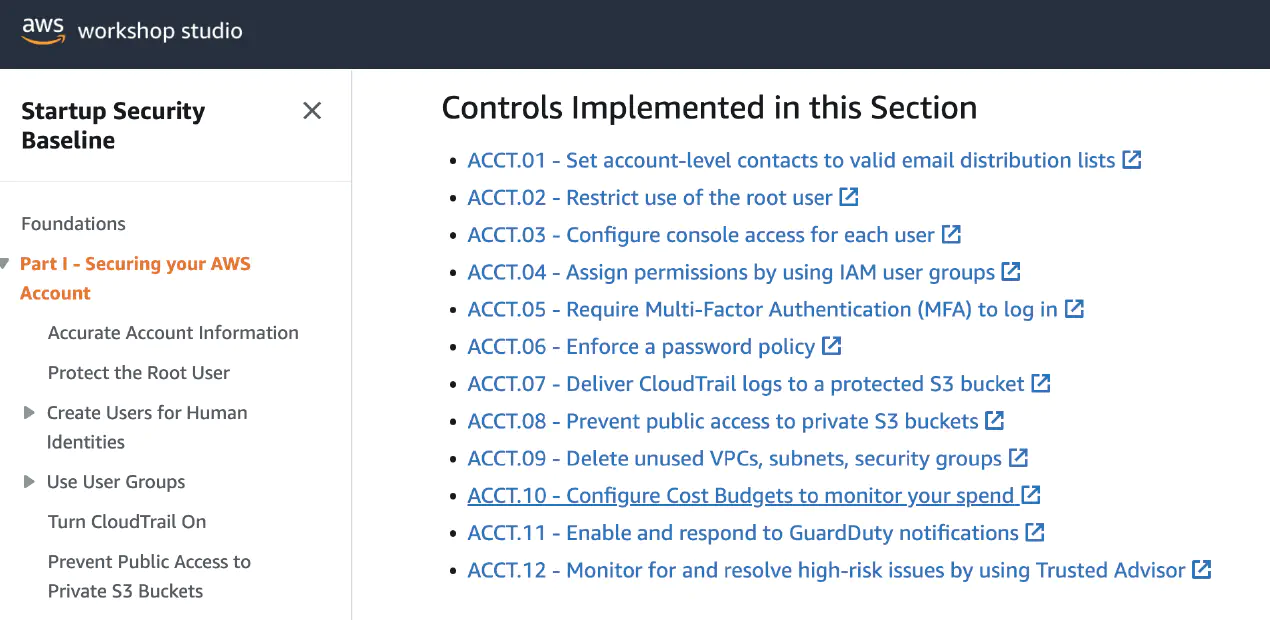Tmobile Pacbot - Error Adding New Accounts
Posted on November 19, 2020 by David Rowe ‐ 3 min read

Add new accounts to T-mobile’s Pacbot
Tmobile’s open source tool PacBotis an amazing AWS account audit solution. According to summit route’s AWS security tool comparison, Pacbot is one of the best open source tools on the open market.
Setting the infrastructure up is easy, as I followed the installation notes. I deployed PacBot onto an AWS Ec2 Linux machine. Here are the installation steps to automate the deployment:
sudo yum install git
git clone https://github.com/tmobile/pacbot.git
sudo amazon-linux-extras install epel
sudo yum install -y python3-pip
sudo yum -y install java-1.8.0-openjdk docker maven unzip mysql
sudo systemctl start docker
wget https://releases.hashicorp.com/terraform/0.11.11/terraform_0.11.11_linux_amd64.zip
unzip terraform_0.11.11_linux_amd64.zip
sudo mv terraform /usr/bin/
curl -o- https://raw.githubusercontent.com/nvm-sh/nvm/v0.34.0/install.sh | bash
. ~/.nvm/nvm.sh
nvm install node
curl -sL https://rpm.nodesource.com/setup_14.x | sudo bash -
sudo yum install -y nodejs
sudo npm install yarn -g
npm install -g @angular/cli
npm install -g bower
cd pacbot/
cd installer/
sudo pip3 install -r requirements.txt
Next I updated the settings/local.py file with the required values per the instructions on github:
- VPC ID
- VPC CIDR
I deleted the angular necessity from settings/common.py since it was installed and keeps failing the check during the installation.
I also wanted to include multiple cidr blocks to allow access into my Pacbot ELB URL, so I opened the file
install/core/providers/aws/validate.py
On lines 39/44 I changed the value to return K.VALID. I know the CIDR’s I entered on my local.py file were correct, and I wanted the tool to deploy a security group that allowed cross CIDR access.
Attach IAM admin role to the instance and deployed the too using sudo python3 manage.py install
Adding new accounts
Once I got into the realm of adding new accounts, I followed the instructions on the install page
However, no matter how long I waited for the account to show up in Pacbot, the accounts never were audited. Jump into troubleshooting:
The logs for the resource collection job is in the AWS Batch under the AWS-Data-Collector-job. There is cloudwatch logs for the job after querying the cloudwatch logs I found the following error code:
2020-11-19 15:06:23 [main] ERROR c.t.c.p.i.file.AssetFileGenerator - {"errcode":"NO_CRED" , "account":" 6ACCOUNTNUMBER6", "Message":"Error getting credentials for account 6ACCOUNTNUMBER6" , "cause":"1 validation error detected: Value 'pic-ro- 6ACCOUNTNUMBER6' at 'roleSessionName' failed to satisfy constraint: Member must satisfy regular expression pattern: [\w+=,.@-]* (Service: AWSSecurityTokenService; Status Code: 400; Error Code: ValidationError; Request ID: 729f305c-f0f0-4604-95d6-56b6474e1a32)"}
I didnt know why the ‘roleSessionName’ valued at ‘pic-ro- ACCOUNTNUMBER’ had a space in it. I dug into the code, and didnt find anything useful. I looked at the Cloudwatch target on the pacbot-AWS-Data-Collector rule. The target value on the key ‘accountinfo’ was set to the following json:
This Fails.
{
"encrypt": false,
"key": "accountinfo",
"value": "3BASEACCOUNT3, 6CLIENTACCOUNT6"
}
I changed it to the following to make it work, and my data collection began at the next 6 hours cycle.
This Works.
{
"encrypt": false,
"key": "accountinfo",
"value": "3BASEACCOUNT3,6CLIENTACCOUNT6"
}
Notice I removed the space after the comma on the ‘value’ attribute.
Hope this helps you get into a world of automated cloud compliance!


